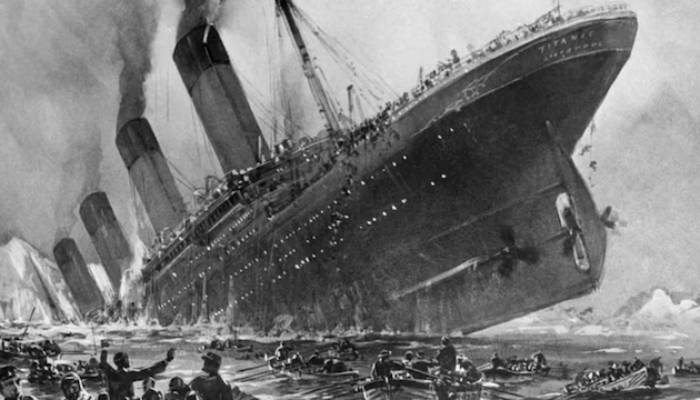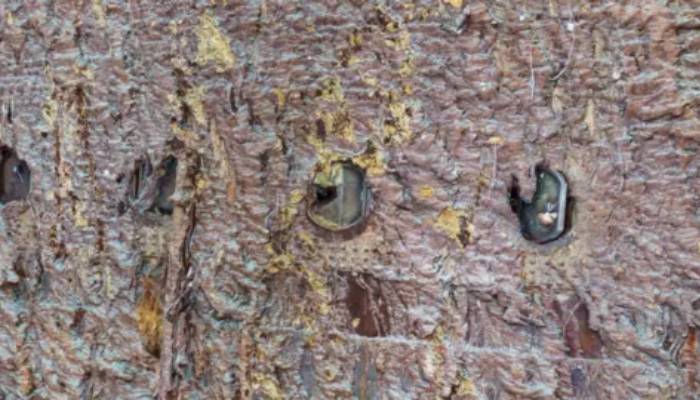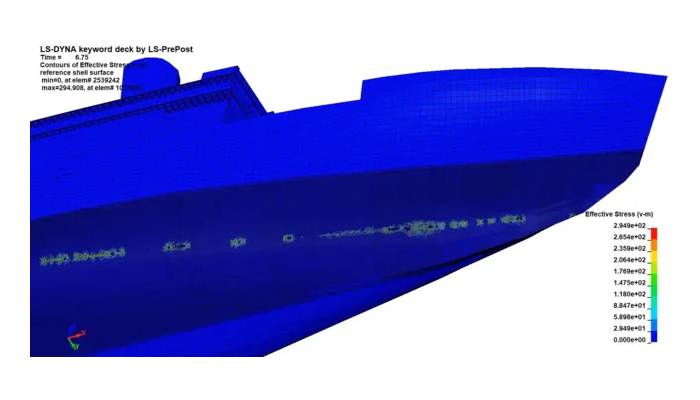
A detailed digital scan of the Titanic has provided new information about the ship's final moments after it sank in 1912.
The scan which is 3D replica of the ship shows how the ship broke apart violently after hitting an iceberg, leading to the deaths of 1,500 people.
It also offers new view of one of the ship's boiler rooms, confirming reports from survivors that engineers worked to keep the ship's lights on until very end.
The detailed scan of the Titanic was studied for a new documentary called Titanic: The Digital Resurrection, produced by National Geographic and Atlantic Productions.
Additionally, a computer simulation suggested that small holes in the hull about the size of A4 paper played a role in the ship's sinking.

The Titanic wreck which lies 3,800 meters deep in the Atlantic Ocean was mapped using underwater robots, capturing over 700,000 images from every angle.

Because the wreck is so large and deep underwater, submersible explorations can only capture limited glimpses.
However, the scan offers the first complete view of the Titanic.
The digital scan of the Titanic revealed new details such as a porthole that was likely broken by the iceberg which matches survivor reports that ice entered some cabins during the collision.
Titanic was built to remain afloat even if four of its watertight compartments flooded which is why it was considered "unsinkable."
However, simulation show that iceberg caused damage to six compartments which was beyond what ship design could handle.
The damage from the iceberg can't be seen in the scan because the lower part of the Titanic's bow is buried under sediment on the seafloor, hiding it from view.
Although, these scan is revealing new information about the Titanic disaster, it will take experts several years to thoroughly analyze and study every detail of the 3D replica of the ship.












